
The Australian property market is on the move again – but this time, it’s not a boom or a bust. After a few shaky years, we’re finally seeing a steadier trend, with prices rising in most parts of the country. Interest rates have dropped with more interest rate cuts expected as the RBA cash rate is expected to head to 3.35% by the end of 2025, and confidence is slowly returning. That said, buying a place still isn’t easy – affordability constraints mean that affordability is tight, and good homes are getting snapped up fast.
Whether you’re buying, selling or investing, 2025 is a year of change. Rents are high but no longer surging. Investors are weighing up rising costs against better conditions. And while more homes are hitting the market, supply still falls short – so smart moves this year will come down to timing as much as location. In this guide, we’ll take a closer look at what’s really happening in the Australian property market and how it affects Australian households , what trends to watch, and what it all means for you.
Looking to buy in 2025? Speak to a mortgage broker in your area and get tailored advice on obtaining finance and general advice around Australia’s housing market:
How the Australian Property Market Works
At its core, the Australian property market runs on supply and demand – like most markets. When there are more buyers than homes for sale, house prices tend to rise. When interest rates fall, people can usually borrow more, which also pushes housing values up. And when population growth is strong (like it has been recently), demand for housing increases even further.
But it’s not just about buying and selling. Things like rental yields, tax rules (like negative gearing), construction delays, and government policies all play a part too. Capital cities usually lead the market because that’s where most of the jobs and infrastructure are – though some regional areas have seen strong bursts of growth too, especially during COVID when people moved away from the city.

“Australia’s $10 trillion property market is shaped by powerful forces – from RBA interest rate decisions and APRA lending rules to government grants and tax strategies like negative gearing. In a landscape marked by capital growth potential, rental yields, and a deepening housing supply crisis, understanding the data and navigating costs like stamp duty are crucial for every buyer and investor. It’s a market of opportunity – but only for those informed enough to seize it.”
Mansour Soltani, Soren Financial

Australian Property Prices in 2025: What’s Happening Now?
Property prices across Australia are rising again in 2025 – but at a more measured pace than last year. According to KPMG, the median house price is expected to rise by around 3.3% this year, with units growing slightly faster at 4.6%. That’s a little softer than the growth we saw in 2024, but still solid, especially given how stretched affordability has become.
The recent interest rate cuts have played a big part in the turnaround. After a short dip in prices earlier this year, the RBA’s two rate cuts (in February and May) gave the market fresh momentum by improving borrowing capacity and boosting confidence. Prices are expected to rise even more in the second half of the year, contributing to potential capital gains as the impact of those cuts flows through.
Capital City Breakdown: How the Markets Compare
Not all cities are moving at the same pace in 2025. While the overall trend is positive, some capitals are charging ahead while others are still finding their footing.
Perth: Still leading the pack. Prices are up more than 8% over the past year, driven by tight supply, strong local demand, and better affordability compared to the eastern states.
Brisbane: Holding steady with solid price growth. Investors and owner-occupiers are active, and demand remains strong – especially in the outer suburbs.
Darwin: Quietly climbing. After years of flatlining, prices have finally surpassed their 2014 peak, helped by local momentum and low stock levels.
Adelaide: Slow and steady. Growth has cooled a little, but the market remains balanced, supported by low vacancy rates and consistent buyer interest.
Sydney: Modest growth. Prices are expected to rise around 3–4% this year, but high borrowing costs and affordability challenges are keeping things from taking off.
Melbourne: Still lagging. Values are slightly down over the past 12 months, but sentiment is improving. Lower rates could help lift things in the back half of the year.
Canberra: Flat to falling. Prices are still below last year’s levels, and the market remains soft, especially in higher-density areas.
Hobart: Cooling off. After a strong post-COVID run, growth has slowed right down, and some areas are seeing small price declines.
What About Regional Property Markets?
Regional markets are a mixed bag in 2025. Some areas are still benefiting from the COVID-era shift toward lifestyle suburbs and remote work, while others have slowed as people return to the cities. The outlook really depends on the region.
Places with strong infrastructure projects, local job growth, or a decent commute to capital cities are holding up well. But in towns where the economy is limited or population growth has stalled, price growth has either flattened or dropped off.
Rental conditions in many regional areas are still tough. Vacancy rates remain critically low in parts of Queensland, Tasmania, and regional New South Wales – in some cases below 1% – making it challenging for tenants and attractive for yield-focused investors.

“Understanding the nuances of this complex market – from federal policy impacts to regional variations – separates successful investors from those left behind.”
James Haywood, Waves Financial
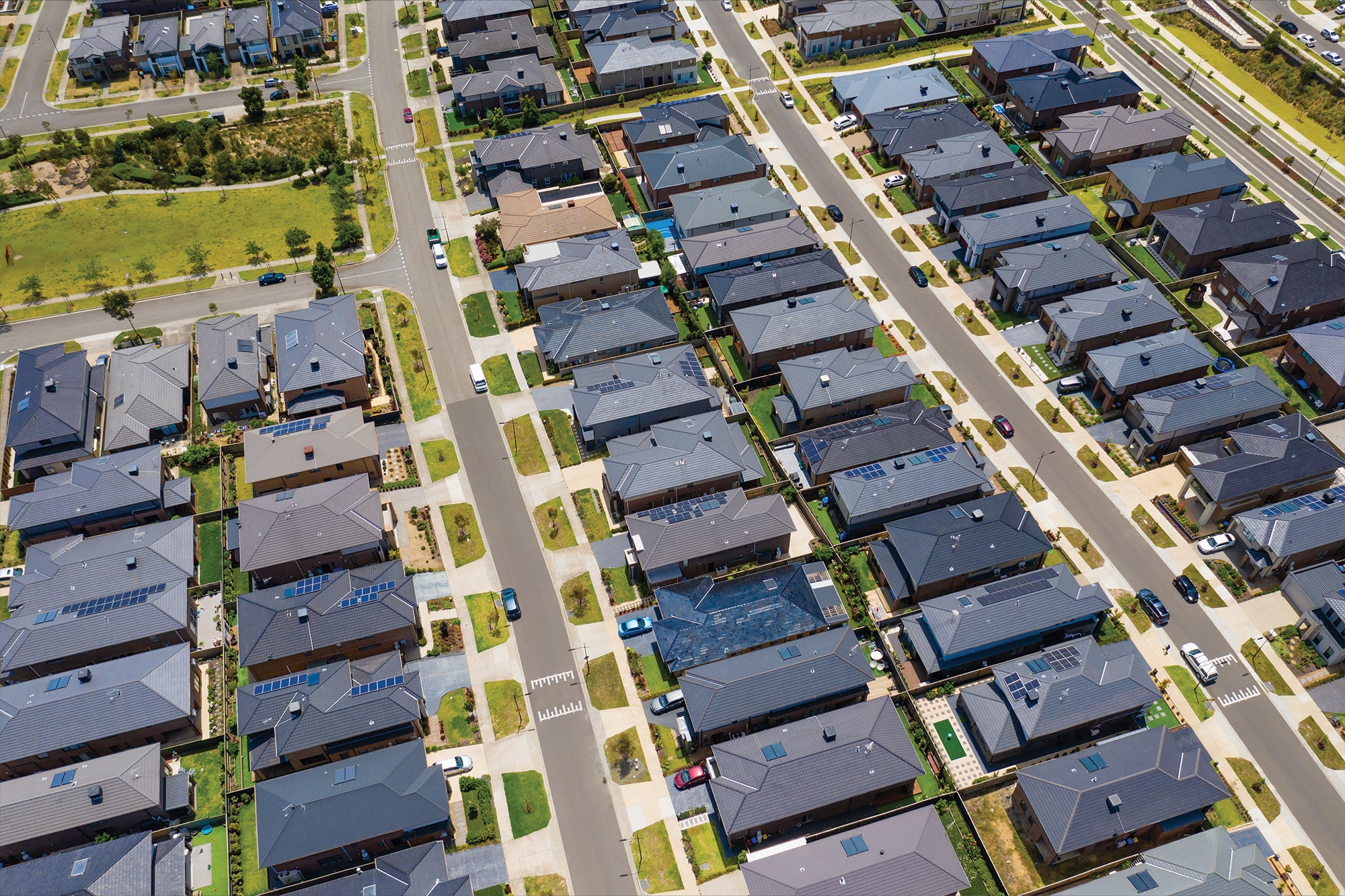
Australian Property Market Trends and Drivers in 2025
Several big factors are shaping the property market this year – from interest rates and supply shortages to population growth and the tight rental squeeze. Here’s what’s having the biggest impact:
Interest Rates Are Down (and Might Go Lower)
After multiple years of soaring interest rates, the Reserve Bank of Australia has already made cuts twice in 2025 – once in February and again in May – bringing the cash rate to 3.85%. That’s been a turning point for the market. Lower rates mean better borrowing power, which has helped boost demand and lift prices in most cities.
More cuts could be on the way. Many economists expect at least one or two more reductions before the end of the year, which could bring the cash rate closer to 3.10%. If that happens, we’re likely to see a stronger second half of the year as confidence grows and more buyers re-enter the market.
Population Growth Still Driving Demand
Australia’s population surged in 2023 and 2024 – and while migration is starting to slow, demand for housing remains high. The return of international students and skilled workers added extra pressure to an already tight market, especially in Sydney, Melbourne, and Brisbane.
Even with government efforts to tighten migration rules, housing demand continues to outpace supply. And unless new homes are built faster, that gap is unlikely to close any time soon.
Supply Can’t Keep Up
Australia’s housing shortage is one of the biggest issues in the market right now. Just 177,000 homes were built in 2024 – well short of the 223,000 needed annually to meet demand. That shortfall is expected to continue, despite big government targets.
Why the delays? A mix of rising construction costs, labour shortages, and a wave of builder collapses have slowed down new housing projects across the country. Even with more building approvals coming through, it’s taking longer than ever to turn those into completed homes.
The Rental Squeeze Is Still On
Vacancy rates are low across most of the country. Nationally, the rate dropped to just 1% in early 2025 – and it’s even tighter in places like Hobart (0.3%) and Brisbane (0.8%). That means renters are competing for fewer properties, driving up weekly rents and pushing the rental crisis and affordability to its limits.
According to CoreLogic, the average renter is now spending around a third of their pre-tax income on rent – the highest level since records began. While rental growth has slowed a little compared to the past two years, the pressure is still very real for tenants.
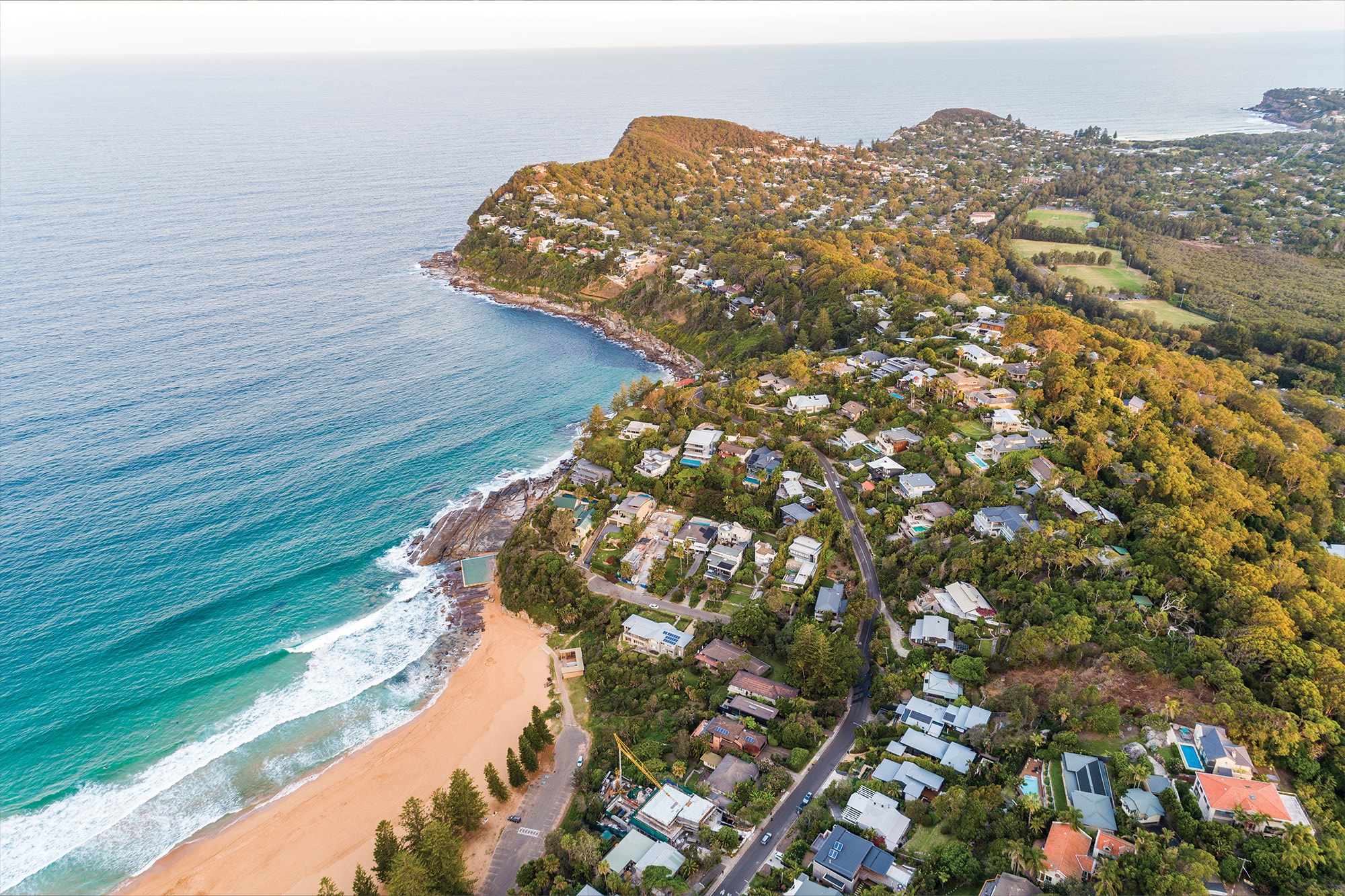
Housing Affordability Crisis in Australia
Housing affordability in Australia is the worst it’s been in decades. Right now, the average household with a new mortgage is spending around half of their income on repayments. Renters aren’t much better off, with about a third of their income going to rent. And if you’re trying to save a deposit? For many Aussies, it’s a 10-year uphill climb.
Home prices have climbed much faster than wages. The house price-to-income ratio has blown out to around 8 times the average income – nearly double what it was 20 years ago. That’s made it harder for first-home buyers to get in, even as interest rates fall.
First-Home Buyers Are Feeling the Pressure
For first-home buyers, it’s not just high prices making things tough. Even with stamp duty exemptions or concessions available in many states, upfront costs are still steep – and saving a deposit takes years in cities like Sydney and Melbourne.
Government schemes like the First Home Owner Grant and the First Home Guarantee help take some pressure off, but they’re often not enough to bridge the gap. Still, with prices on the rise again, many buyers are jumping in now to avoid getting left further behind. As Canstar finance expert Steve Mickenbecker puts it, “Fear of missing out as house prices rise is driving first home buyers to take the plunge.”
Rental Stress Is Widespread
While rent growth has slowed compared to recent years, the pressure hasn’t eased much. Vacancy rates remain near record lows, and the cost of renting is still climbing in most parts of the country. As of early june 2025, rents were rising at around 5.5% a year.
For many renters, it’s a tough choice: keep paying more each year, or somehow pull together a deposit and jump into an equally expensive housing market.
What Is the Government Doing?
The federal and state governments have rolled out a range of initiatives to try and ease the pressure – but it’s a long game, and results will take time. Key measures include:
$21 billion national housing plan to build 1.2 million homes over five years, including 55,000 social and affordable dwellings.
A temporary two-year ban on foreign investors buying existing homes, aimed at increasing housing availability for local buyers.
Shared equity schemes in some states, helping first-home buyers purchase a home with a smaller deposit.
Stamp duty reforms underway in parts of the country, aiming to reduce upfront costs for buyers.
Even with these efforts, the housing shortage remains a major issue. Supply is still falling well short of demand, and affordability is likely to stay tight in the near term.

Australian Property Market Forecast: 2025 and Beyond
What’s Ahead in 2025–26?
The short-term outlook is steady. Most experts expect prices to keep rising through the rest of 2025, especially in cities like Perth and Brisbane where demand remains strong and supply is still tight. Interest rate cuts are boosting confidence, and many buyers who sat on the sidelines last year are starting to re-enter the market, potentially driving prices to record high levels .
Sydney and Melbourne aren’t moving as fast, but they’re not sitting still either. With borrowing power starting to improve and more buyers coming back into the game, we could see things heat up again in 2026. Investors are also circling, especially in areas where supply is short and rental yields remain strong.
Longer-Term Outlook to 2030
Looking further ahead, many analysts are tipping house prices to rise 30–40% by the end of the decade. The big drivers? Strong population growth, not enough housing, and steady demand in key urban areas. While affordability will remain a challenge, tight supply is expected to keep upward pressure on prices – especially in well-located suburbs near jobs, infrastructure, and transport.
We’re also seeing long-term shifts in how and where people want to live. More Aussies are chasing lifestyle changes, there’s growing demand for compact, energy-efficient homes, and urban infill is becoming more common. Tech and sustainability trends are playing a bigger role too, according to new research – changing how people buy, sell, and live in property.
What Will Shape the Market Beyond 2025?
While short-term trends get the headlines, it’s the deeper, long-term changes that will shape the future of Australia’s property market. These trends won’t just impact prices – they’ll influence what gets built, where people live, and how properties are valued in the years ahead. Here are the big ones to watch:
Demographics: Australia’s population is ageing, and more people are living solo or in smaller households than ever before. That’s changing the type of homes people want. We’re seeing growing demand for easy-to-manage places – like townhouses or apartments close to shops, transport, and healthcare – that work for both downsizers and first-home buyers.
Technology: The property game’s getting faster. Virtual tours, AI-powered valuations, and digital contracts mean buyers can move quickly – and with more confidence. It’s made the whole process more streamlined, but also more competitive.
Sustainability: With energy costs climbing and climate concerns front of mind, homes that are cheaper to run – and better for the planet – are getting more attention. Solar panels, battery storage, good insulation and clever design are no longer just nice-to-haves. They’re sought-after features when selling your home.
Work and lifestyle shifts: Hybrid work has changed what “location” means. Many buyers are trading inner-city commutes for more space, nature, or better lifestyle perks – as long as the Wi-Fi is strong and the commute (when needed) isn’t too painful. That’s giving a boost to outer suburbs and some regional areas too.
Planning and infrastructure: Government rezoning and big transport upgrades are shaping the future of many suburbs. Areas with new train lines, schools, or density changes are likely to attract more interest – and see stronger growth.
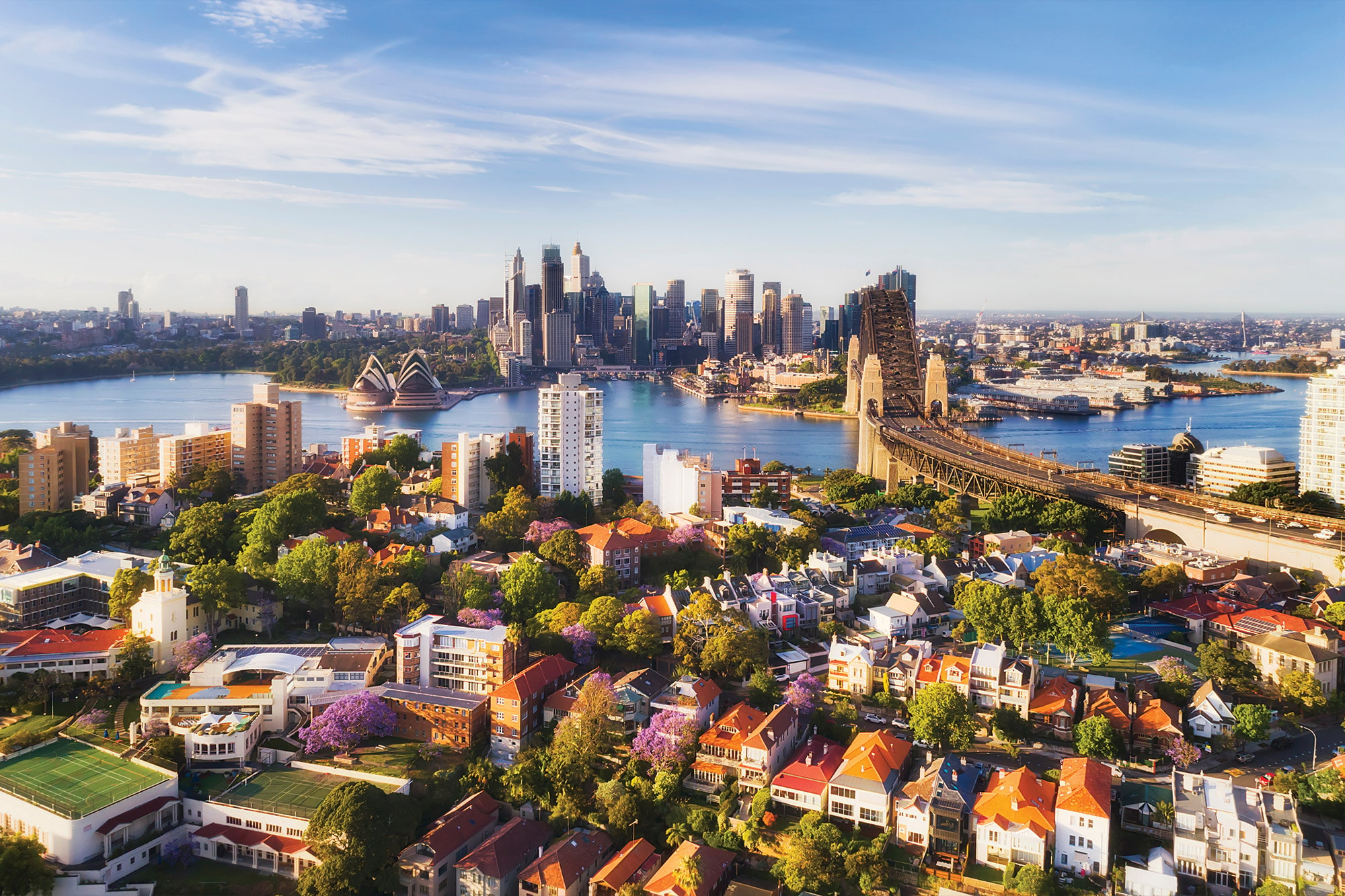
Best Australian Cities for Property Investment in 2025
Looking to invest in property this year? While the national outlook is positive, not all markets are the same. Some cities are offering better value, stronger growth, and more attractive rental yields than others. Here’s a look at where savvy investors are focusing in 2025.
Perth: Strong Growth, Affordable Entry
Perth is leading the pack again this year, with annual growth above 8% and vacancy rates sitting well below 1%. It’s still one of the most affordable capital cities in the country, and that’s turning heads – from investors to people relocating from the east coast. There just aren’t enough homes to go around, and rental returns are holding strong for both houses and units.
Why investors like it: High demand, tight supply, solid capital growth, and better affordability than the east coast.
Brisbane: Resilient and Consistent
Brisbane’s been one of the most consistent performers since the pandemic, with prices holding up well across both the inner city and outer suburbs. Rental demand is still high, and investors are seeing decent yields – particularly in areas like Coorparoo, Logan, and parts of Springfield.
Why investors like it: Solid price growth, strong interstate migration, and high rental demand.
Adelaide: Quiet Achiever
Adelaide continues to fly under the radar. It’s not seeing runaway growth, but prices are stable, yields are strong, and affordability is better than in most capitals. Many investors see it as a lower-risk option with steady long-term potential.
Why investors like it: Strong rental yields, low vacancy rates, and consistent demand from owner-occupiers and retirees.
Sydney: Slower Growth, Long-Term Potential
The Sydney property market isn’t booming, but it is stabilising. Prices are inching up, and investor interest is returning – especially in pockets like Tempe, Arncliffe and Rockdale, which are benefiting from major infrastructure upgrades like the Sydney Gateway project.
Why investors like it: Long-term demand driven by strong population growth and major infrastructure projects.
Melbourne: Undervalued and Rebounding
Melbourne’s property market has been slower to recover, but some investors see that as an opportunity. With interest rates easing and buyer confidence returning, well-located properties in growth corridors are starting to attract a new wave of attention.
Why investors like it: Potential for recovery, increasing affordability, and strong rental demand in certain suburbs.
Regional Hotspots: Still Worth a Look?
While regional growth has slowed since the peak of COVID migration, a few markets still show promise. Townsville, Newcastle, Bendigo and parts of the NSW Central Coast are attracting investor interest thanks to infrastructure spending, lifestyle appeal, and tight rental supply.
Why investors like it: Affordable prices, lifestyle migration, and strong yields in selected towns.
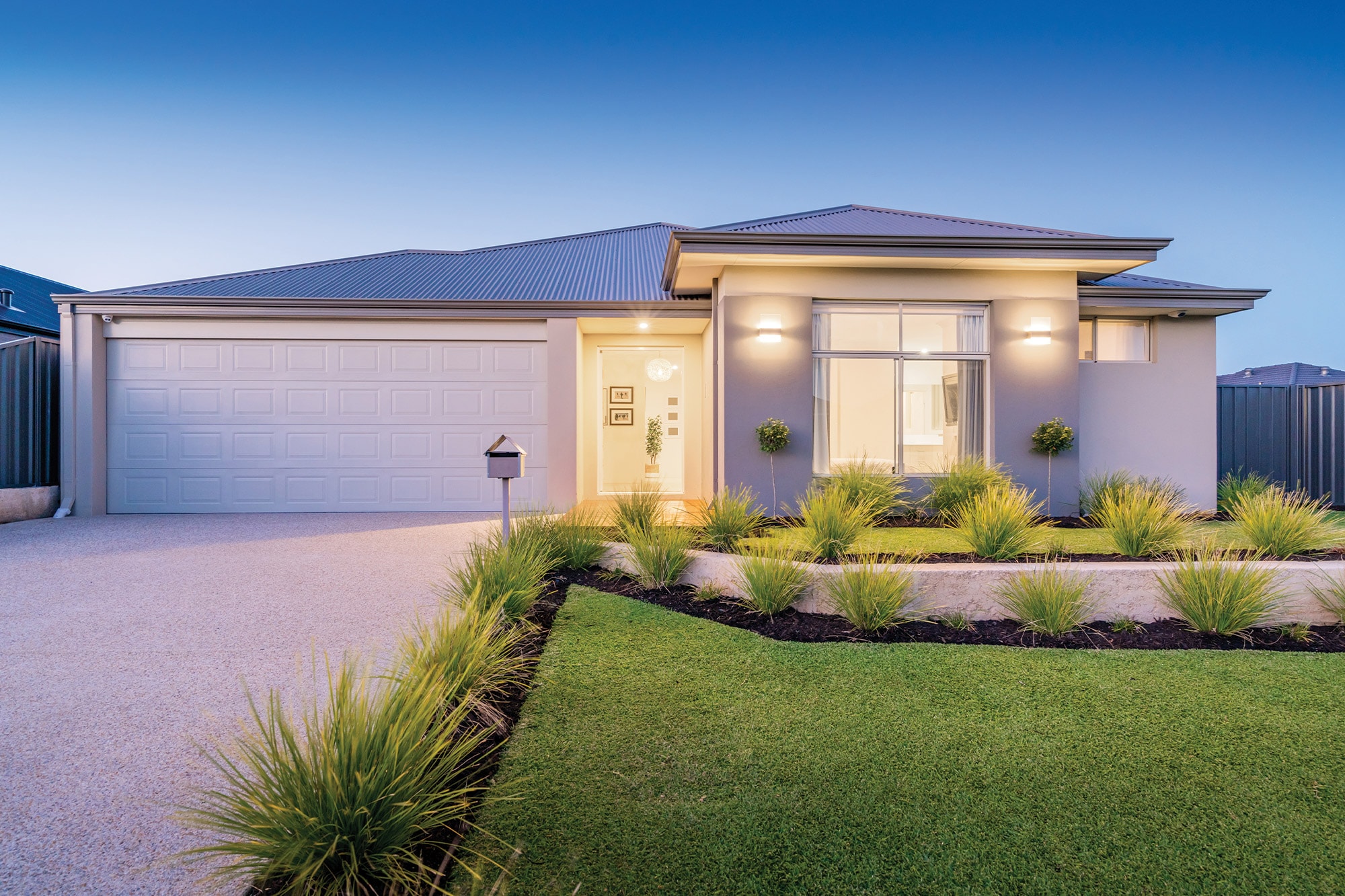
Which Property Types Are Best for Investing in 2025?
Investors are coming back to the Australian property market in 2025. But before diving into the residential property market, it’s worth understanding the different types of property investments available – each comes with its own pros, cons, and considerations depending on your goals.
Houses vs Units
Since the pandemic, house prices in capital cities have grown almost three times faster than units – but that gap’s starting to close. This year, unit prices are expected to pull slightly ahead in some areas as more buyers look for affordable options. Generally, houses tend to see better long-term growth, while units often deliver stronger rental yields, especially in well-located city spots.
Established Properties vs Off-the-Plan Developments
Most Australians still prefer established properties, which make up a huge portion of new loans. They’re move-in-ready, easier to value, and often attract stable tenants. Off-the-plan apartments may offer potential discounts or capital growth as indicated by the Australian Bureau of Statistics – but they come with risks like delays, financing changes, or developer issues.
Commercial Property Investment Options
More investors are eyeing commercial real estate in 2025, especially industrial and medical spaces where demand’s strong. Office markets are mixed – it depends where and what you’re buying. Yields are higher than residential, and long leases can mean steady income. But upfront costs are bigger, and finding new tenants isn’t always easy. It’s best for those who know the game.
How to Navigate the Australian Property Market in 2025
Whether you’re buying your first home or building a property portfolio, 2025 is a year to tread smartly. Here’s how to make the most of current conditions.
Tips for First Home Buyers
Get in early (if you can): Falling interest rates are boosting demand, so some buyers are acting now before prices rise further.
Use government support: Check your eligibility for the First Home Owner Grant, stamp duty exemptions, or other government incentives in your state.
Be flexible on location: Look beyond the CBD and inner suburbs. Growth areas with strong transport, infrastructure and livability are worth a look.
Know your numbers: Speak to a mortgage broker early to understand your borrowing capacity and loan options – especially if your income is complex or irregular.
Budget for more than the deposit: Don’t forget costs like stamp duty, Lenders Mortgage Insurance, and moving expenses.
Strategies for Property Investors
Prioritise rental yield: With vacancy rates at record lows, yields are solid – but only in the right areas.
Stick to quality: A-grade homes and well-located units are outperforming the broader market.
Watch your cash flow: Negative gearing is useful, but only if you’ve got the buffer to handle shortfalls or rate rises.
Diversify where it counts: Spread your risk by looking at different states, asset types, or dual-income opportunities.
Refinance if it makes sense: Lower rates mean it might be time to review your loan and structure.
Get the right advice: Work with professionals – brokers, buyer’s agents, accountants – who specialise in investment and know how to help you grow.
Summing Up
Australia’s property market is shifting again – but this time, it’s not a rollercoaster. It’s more like a slow climb. Interest rates are falling, confidence is creeping back, and prices are rising (but not surging). For buyers and investors, the challenge now isn’t panic or FOMO – it’s figuring out what’s actually a smart move. That means blocking out the noise, focusing on the fundamentals, and getting the right advice. Because even in a tight market, there are still opportunities. You’ve just got to know where to look – and when to act.
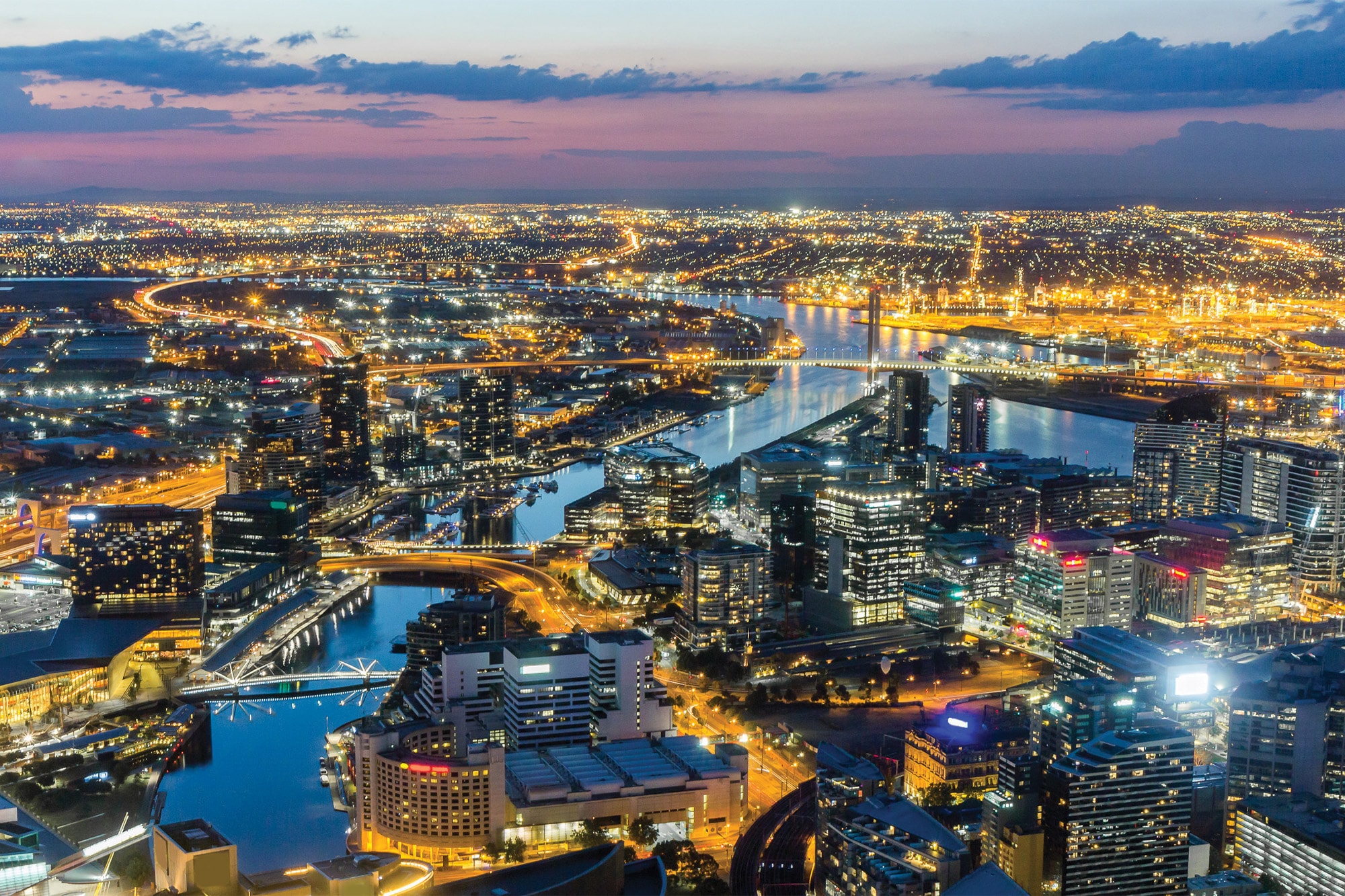
Frequently Asked Questions About the Australian Property Market
Is the Australian property market overvalued?
Prices are high, especially compared to long-term averages. But with demand outpacing supply and land making up a huge chunk of national wealth, it’s not all inflated hype. That said, what is “overvalued” can really depend on where – and what – you’re buying.
Will property prices crash in 2025?
Not likely. Most experts are tipping steady growth, not a dramatic drop. There’s still strong demand, not enough homes, and a solid economy holding things up. Of course, no market’s risk-free – but a full-blown crash isn’t on the cards right now.
Which cities offer the best property investment returns?
Perth and Brisbane are again looking strong this year. Both have decent affordability, tight supply, and solid growth drivers. They’re leading the way nationally when it comes to price growth and investor interest.
How do interest rates affect property prices?
Rates shape how much people can borrow. Lower rates mean higher borrowing capacity and usually more buyers entering the market – which puts upward pressure on prices. With two cuts already in 2025, confidence is bouncing back.
What is the best time to buy property?
There’s no one-size-fits-all answer. Some buyers are jumping in early to get ahead of more rate cuts. Others are holding off, waiting for borrowing conditions to improve. Either way, long-term strategy matters more than perfect timing.
Does foreign investment impact the property market?
Foreign buyer activity has slowed in the last year, and its influence is pretty limited outside high-end inner-city pockets. Most of the demand – and pressure – is coming from local buyers and migrants.
What government schemes help first home buyers in Australia?
A few solid options are still around, depending on your state:
First Home Owner Grant (usually $10k–$25k, depending on your state and property type)
Stamp duty concessions
First Home Super Saver Scheme (using super to save your deposit)
First Home Guarantee (helps you buy with as little as 5% deposit and no LMI)
These can take some pressure off and make entering the market easier.
How does the rental market affect property investment returns?
Tight rental supply means higher rents and strong yields in many areas. For investors, that’s good news – especially in cities where vacancy rates are still below 1%. It’s definitely playing a big role in driving returns right now.
With over two decades of experience in Australia’s real estate sector, Mansour has built a career specialising in the acquisition and sale of investment and commercial properties, spanning major metropolitan hubs and regional areas. As the founder and owner of a finance brokerage firm, he manages a loan portfolio exceeding $100 million while serving a broad range of clients nationwide.
A frequent contributor to money.com.au, Mansour has developed a deep understanding of diverse investment strategies, enabling him to provide valuable, well-informed perspectives on market trends and opportunities.

